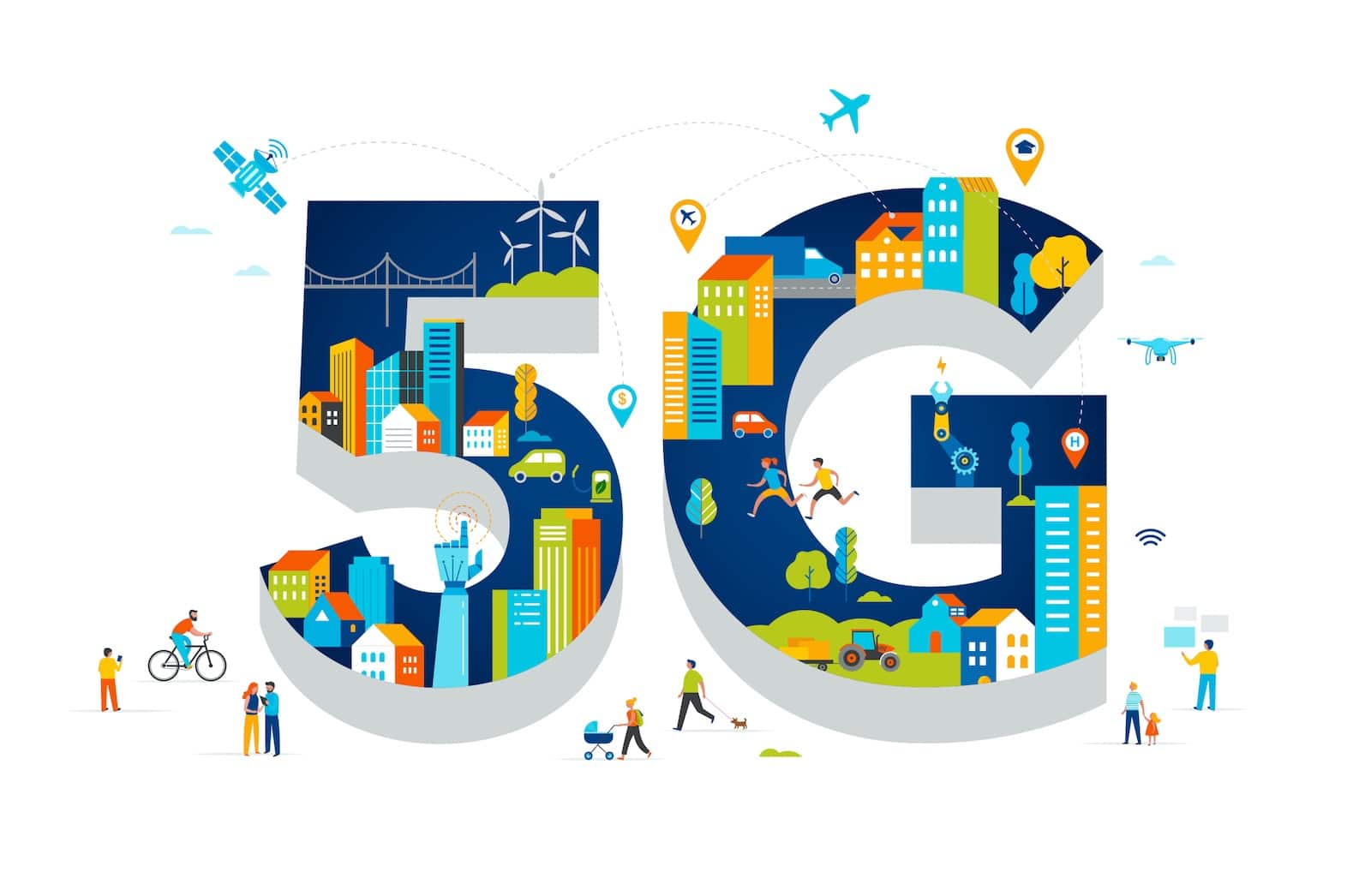Over the past 6 months there has been research claiming that there will be a dramatic explosion of video data, predicting that it could account for 15.1 zettabytes of data annually, which would be more than any other IoT application. This influx in data, as well as the growing adoption of video analytics and AI, means video could be used in a much wider variety of ways. In particular in Smart City projects and Mass Transportation. Much of this will be outside and 5G looks on paper to be able to deliver the wireless connectivity required.
However our research for our report “The Physical Security Business 2019” did not identify much enthusiasm for 5G from either the product manufacturers or system installers of video surveillance.
The technical and logistical details of 5G still need to be proven. However, if there comes a time when wireless bandwidth outdoors becomes ubiquitous, low cost and reliable, it would spur the deployment of far more outdoor video surveillance cameras as it would reduce one of the most expensive parts of deploying cameras outdoors, building dedicated communication networks.
The IT industry’s overall shift towards global software-centric networks and operations is taking a hit from the current global economic outlook caused by COVID-19. Telco cloud revenue from 5G core deployments will fall 20-30% short of the forecast $9bn in 2020, according to analysis by ABI Research. It is mobile communications that will drive 5G and bring down costs and open up the deployment of video cameras outdoors but at this time the brakes are on.

Experts are cautious about 5G’s Impact on IoT Data Architectures, particularly increased download speeds up to 10 gigabits-per-second and decreased latency. “5G reduces latency by almost a tenth, so that’s what gets you into the 4 or 5 millisecond range over the air” said Arpit Joshipura, general manager for networking, IoT, and edge computing at the Linux Foundation.
A 5G use case and adoption survey by Gartner identified that “5G is uniquely positioned to deliver a high density of connected endpoints — up to 1 million sensors per square kilometer,” according to Sylvian Fabre, senior research director, Gartner. 5G opens up new opportunities for video surveillance outdoors and could recalibrate Edge versus Cloud options.
Is 5G Network the solution for the IoT to deliver a faster, more secure, outdoor solution in the video surveillance business? Probably the technology is not quite ready but the concept looks attractive even if impact of Covid-19 will delay its arrival.



